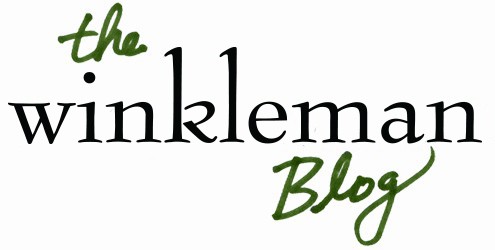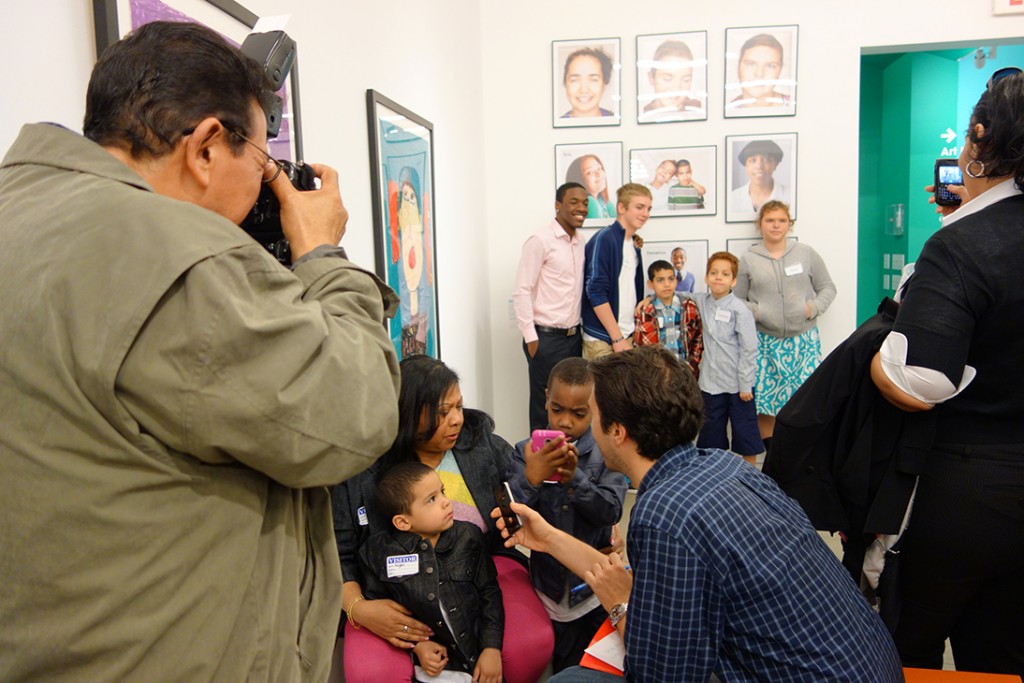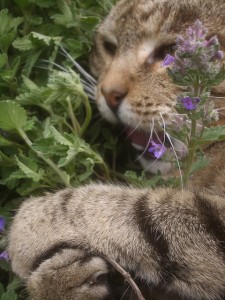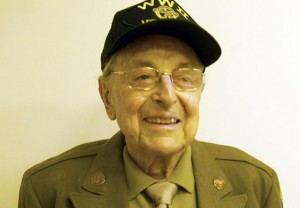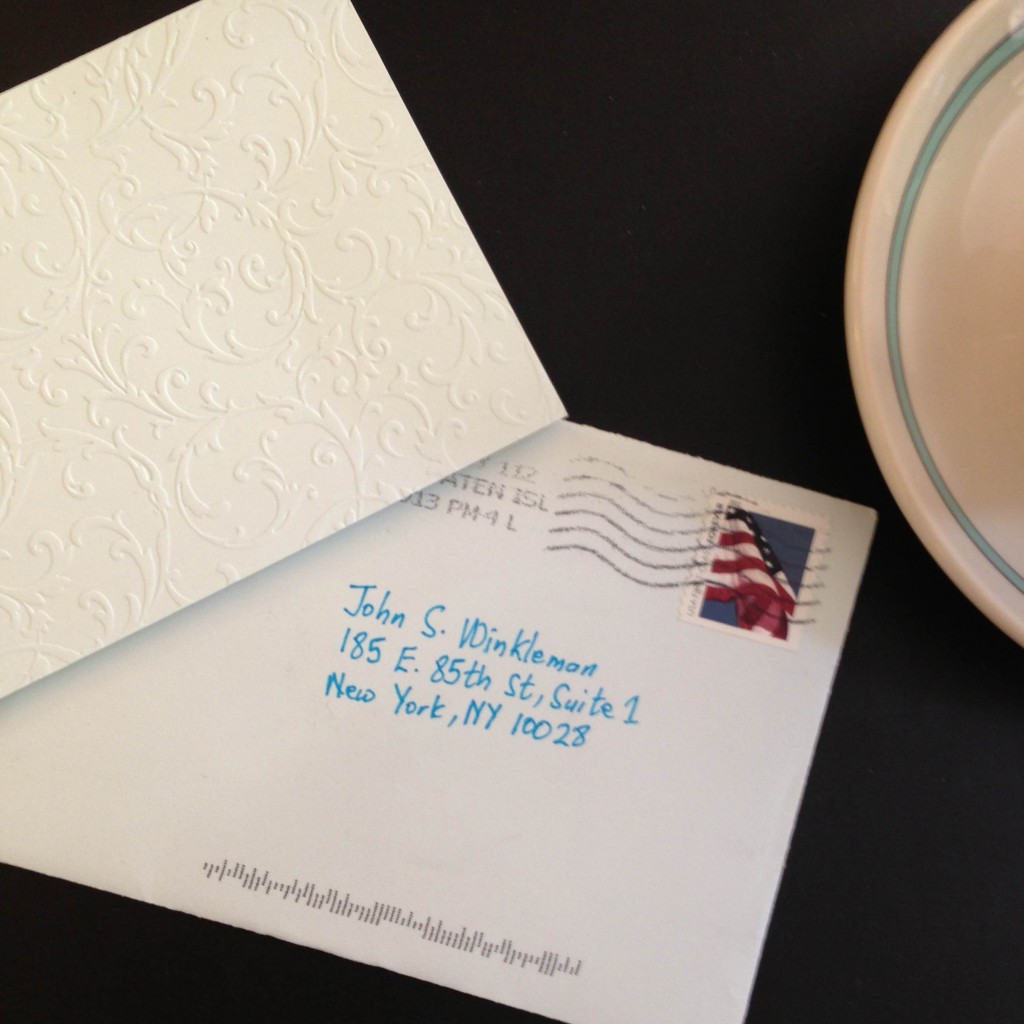While in the offices of a client this past winter, I came across a cluster of laughing staff members; lemonade and saltwater taffy were on the table. They were chuckling at an album of themselves bedecked in summer fashion – Nantucket reds and Hawaiian shirts – at a barbecue the previous July. Our client had decided to wait until the dark days of February to share the photos, hoping that they might rekindle the happy memories of summer silliness. In the brainstorming session that followed, I noticed a certain sunniness to the team members’ enthusiasm, and wondered if the photos had perhaps brightened the midwinter mood.
Summer’s trappings of relaxation and fresh starts can create new energy. Leveraging summer’s predisposition for sunny events and team outings to set an energetic tone for the coming year can be a boon to nonprofits. To some, that means volunteer appreciation and team activities, and to others it means taking a chance on something unusual.
A student I advised last year implemented a zero-based programming approach to better regulate her communications with stakeholders and to reassess what research she truly needed. She scrapped her existing strategy and started from scratch—building her programs item by item and quantifying and qualifying each element. She found that with a different perspective and creativity, she was able to produce more zing for less money.

To encourage her team to buy into the new programming approach, she built a six-month reviewinto the restructure – immediately after a lighthearted summer/winter pie-baking contest in both cases – promising to go back to the old way if the zero-base approach couldn’t be reenergized in January. The memories and creativity of the good-natured baking competition reminded her team of the generative and inventive atmosphere they established when they first worked through zero-based building that previous summer.
Like the client who waited until February to bring back the memories of his team at the agency’s summer cookout, this student saw remarkable dividends from her new approach – despite the initial reluctance by her team to change the status quo. Making the process fun with a mixture of brainstorming, sweet treats and pie-in-the-sky ideas that inspired much laughter encouraged the team to generate a comprehensive program that they believed in and totally owned. And it worked – the staff is now gung-ho and even more energized than before.
Nonprofits are always charging ahead. The reason nonprofit-oriented folks can take on such daunting challenges with success is that they neither take no for an answer nor think to rest until they have reached the top of the mountain. Both my student and that client are cut from this cloth. They also figured out something important: changing your approach and saving some summer for the winter can pay off in a big way without slowing you down. In those winter months, routine and darkness might press in, so bringing back the creativity of summer can totally invigorate a team. Frankly, I’ve never encountered a person or nonprofit to be averse to warmth and change.
